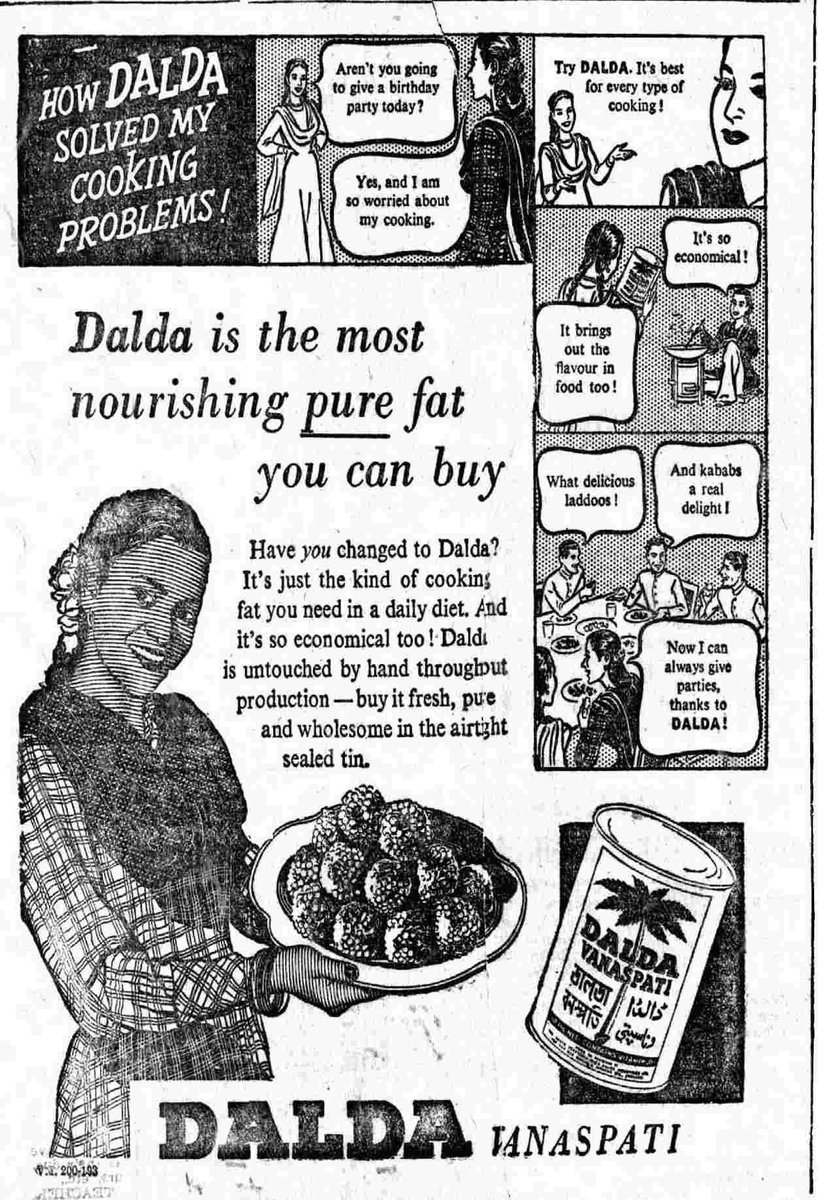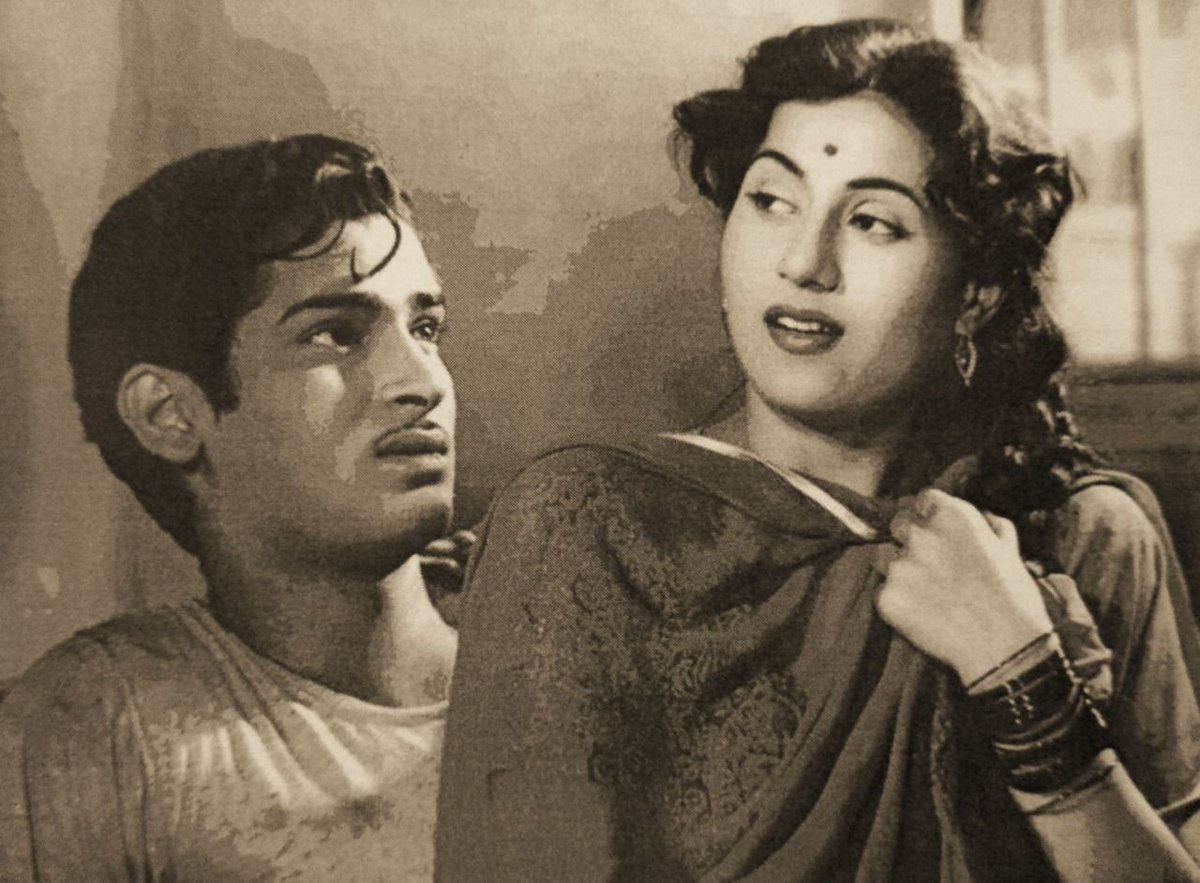
Every time you sip a tall glass of sugarcane juice, spare a thought for a brilliant and gutsy woman without whom this thirst-quencher wouldn’t taste quite as sweet. Janaki Ammal was India’s first botanist, and she created the indigenous sugarcane hybrid that we savour today.
1/6
1/6

Ammal, who was born in Kerala in 1897, is likely the first woman in the US to earn a PhD in Botany, from the University of Michigan in 1931. She travelled between India, the US and the UK to study and work as a single woman who chose scholarship over marriage.
2/6
2/6
The world-renowned Royal Horticultural Society in Wisley, England, has named a variety of magnolias after Janaki Ammal, to honour her work on these plants at the institute in the 1940s. Called ‘Magnolia kobus Janaki Ammal’, the shrubs still bloom on the campus.
3/6
3/6

In 1951, Prime Minister Jawaharlal Nehru invited Ammal to join the Botanical Survey of India, to revitalise it. Her interests also turned towards agriculture and food security, and she supported many environmental movements in Kerala, like the Save Silent Valley campaign.
4/6
4/6
Janaki Ammal has lent her name to a rare plant with curative properties found in the Western Ghats in Kerala. Named ‘Janakia arayalpatra’, it was first described by the Botanical Survey of India in 1978.
5/6
#MakingofModernIndia
5/6
#MakingofModernIndia

Janaki Ammal, who was awarded the Padma Shri in 1977, died on 7th February 1984, in Chennai. Her name is etched on scholarships in India and abroad, on foods we consume, and in gardens and forests, where her heart truly lay.
6/6
6/6
• • •
Missing some Tweet in this thread? You can try to
force a refresh




















